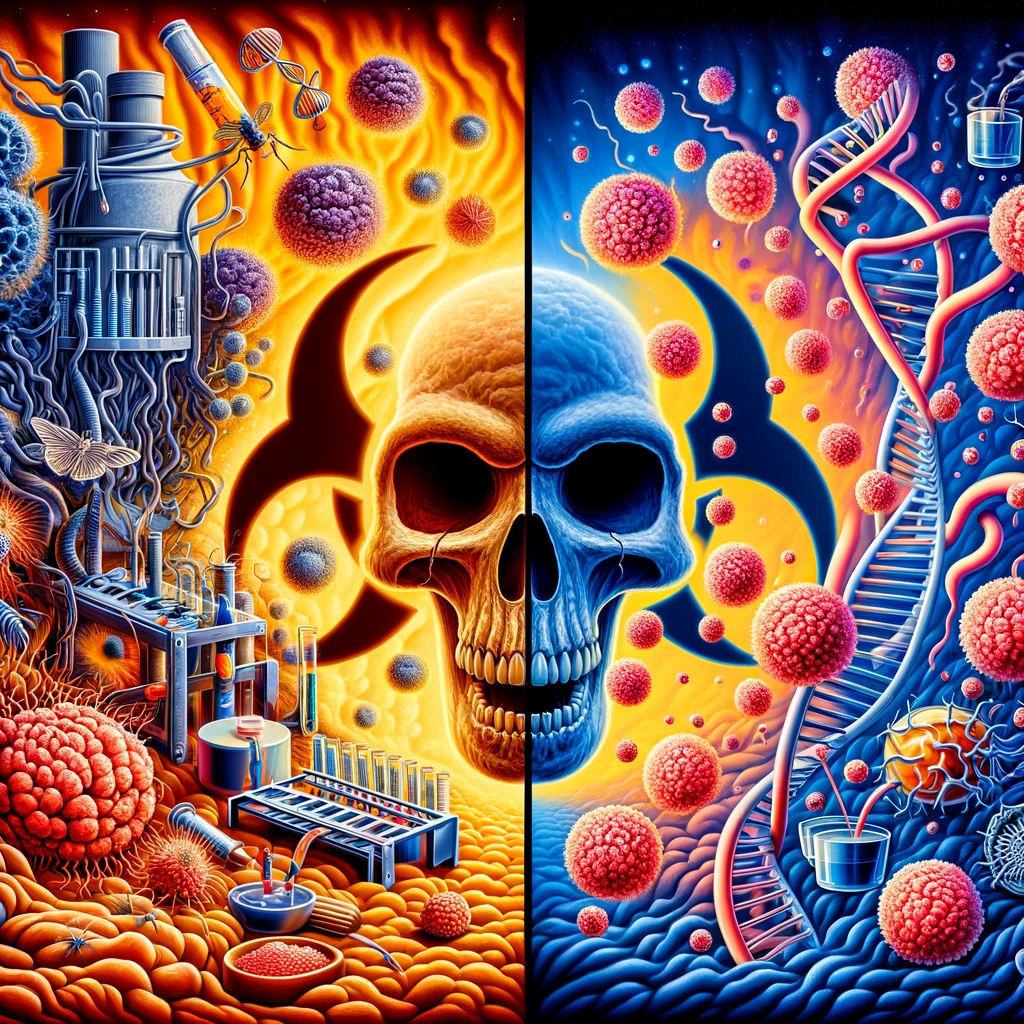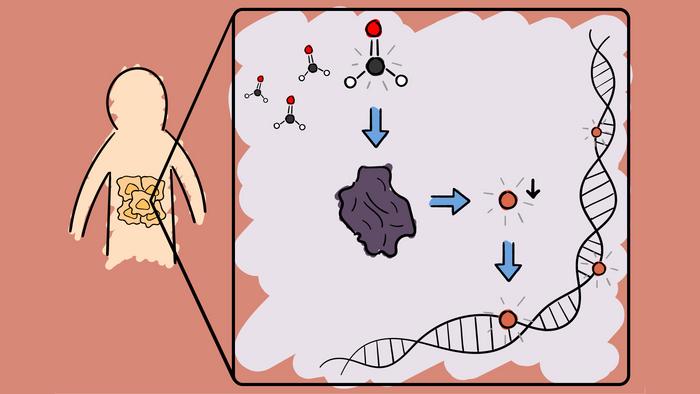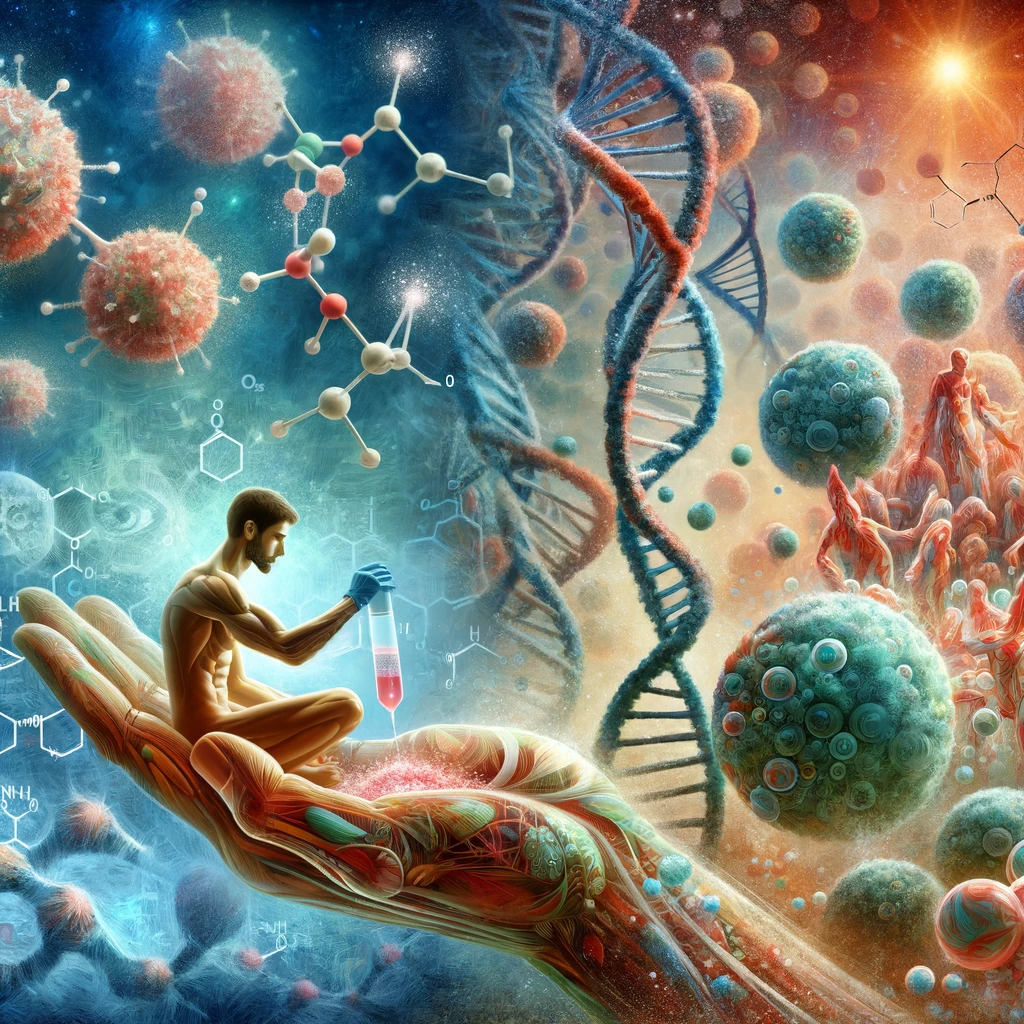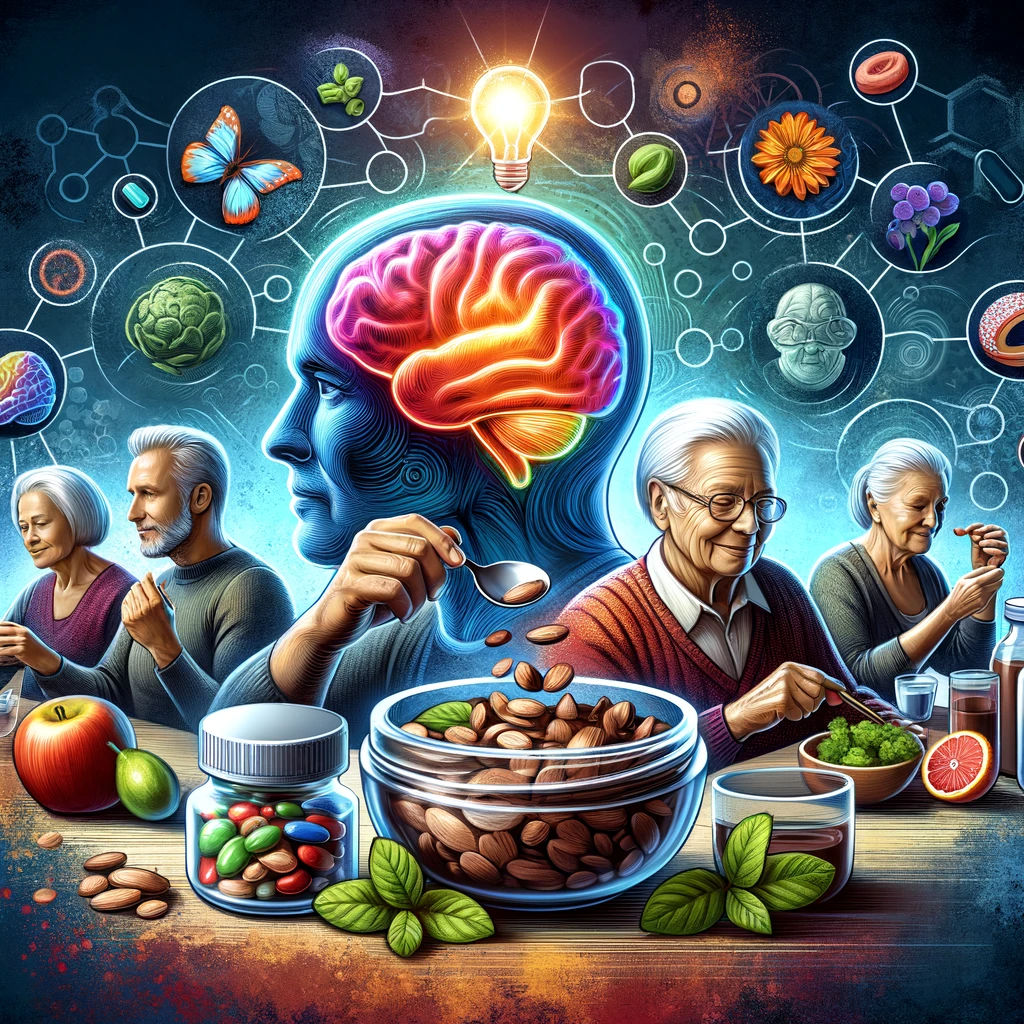From University of California – Berkeley 20/12/23

Formaldehyde, a toxin and carcinogen found in construction materials, carpets, car exhaust, cigarette smoke and even permanent press clothing, turns out to play an important role in the body — one that may explain why the chemical causes cancer.
In a study published this month in the journal Science, researchers from the University of California, Berkeley, and the University of Oxford in the United Kingdom reported that formaldehyde is an inhibitor of DNA methylation, the enzymatic attachment of a methyl (CH3) group to DNA, which is one of the body’s most common epigenetic ways of turning genes off or on.
The study provides the first evidence that formaldehyde, which scientists only recently discovered is made by the body in small quantities, is actually used by the body to regulate epigenetic change, and it suggests that, in excess, it may suppress the body’s attempts to prevent the expression or overexpression of certain genes.
Previous research demonstrated that formaldehyde in very large quantities disables DNA by causing crosslinks, but it didn’t explain the toxicity of small amounts of formaldehyde.

“People haven’t looked for formaldehyde inside the body because they just think about the environmental consequences of formaldehyde. But it’s naturally made inside each and every one of our cells,” said the study’s senior author, Christopher Chang, UC Berkeley professor of chemistry and of molecular and cell biology.
“The broader implication of our study is that it provides a biochemical mechanism for how formaldehyde might be a carcinogen. We know smoking’s bad for you, and pollution is bad for you, in part because of the formaldehyde. We showed that if you alter your body’s internal formaldehyde levels, that can also change your epigenetics, which then can reprogram cancer.”
Chang and his laboratory team began exploring the role of one-carbon atoms such as formaldehyde — chemical formula CH2O — after it was found to be produced in the body.
“It seems to be a really bad idea to make a bunch of formaldehyde inside our own bodies. But clearly in evolution, we’ve conserved it,” said Chang, who holds the Class of 1942 Chair in the College of Chemistry and is a faculty scientist at Lawrence Berkeley National Laboratory.
“We felt optimistic that there’s got to be a good reason why your own body would make it, because nature wouldn’t have put it there if it was all bad for you. I think it’s going to end up to be like reactive oxygen species or nitric oxide, where very small amounts are going to be incredibly useful for the body. But then, of course, too much of a good thing can be bad for you.”
He teamed up with a group led by Ketan Patel at Oxford to investigate the role formaldehyde plays in regulating gene activity by looking at changes to the proteins, or proteome, produced in mouse cells.

Chang and Patel six years ago collaborated on a study showing that when mice lacking the gene that detoxifies formaldehyde were fed a diet rich in folate, which is metabolized to formaldehyde, they had an increased rate of cancer.
“We used a chemical proteomics approach to identify what are the internal biochemical targets for formaldehyde,” Chang said.
“And we found this really interesting pathway, where formaldehyde regulates a whole class of biochemistry called one-carbon metabolism.”
Specifically, they found that formaldehyde inhibits an enzyme that makes another one-carbon molecule, S-adenosylmethionine, which is the source of methyl groups that are attached to DNA to change the expression of specific genes.
“S-adenosylmethionine is a methyl donor, so it attaches methyl groups — single-carbon units — to basically everything in the cell,” Chang said.
“But one of the most important things that it does is it attaches it to your DNA. So formaldehyde directly causes epigenetic changes.”
Chang and his colleagues are now looking for biomarkers of high formaldehyde levels in the body that could warn of increased cancer risk.
These biomarkers are more likely to be formaldehyde-induced changes in the proteome, since formaldehyde levels are so low in the body that the chemical would be hard to detect.
“You could have a very simple prick test, kind of like the glucose test used by those with diabetes,” he said.
“I think that that’s where we would be going with this. It could inform you that a low folate diet might be good for you or that you should look out for environmental exposures.”
The researchers also are investigating whether increased levels of formaldehyde in the body contribute to aging.
Chang noted that formaldehyde is known to affect growth in simpler organisms, such as bacteria, which implies that the chemical’s role in life dates from early in our evolutionary history.
“When you think about one-carbon metabolism, it goes all the way to the simplest bacteria and the origins of life,” he said.
“And now, we make that same sort of one-carbon molecule in our own cells. So in terms of evolutionary biology, the implications are quite broad.”



